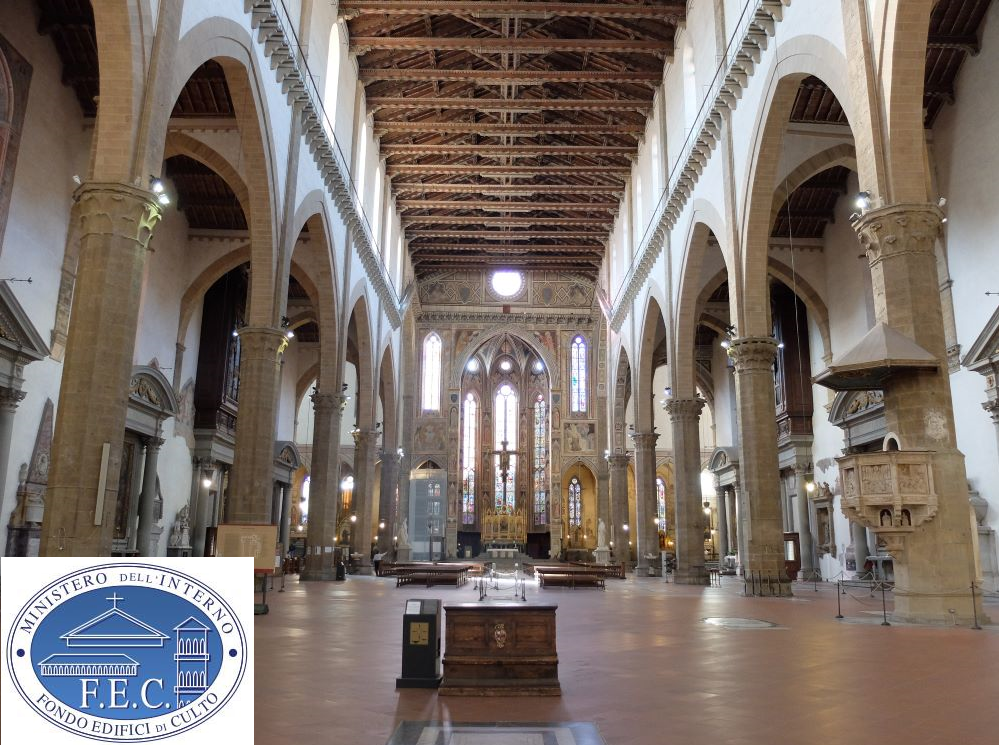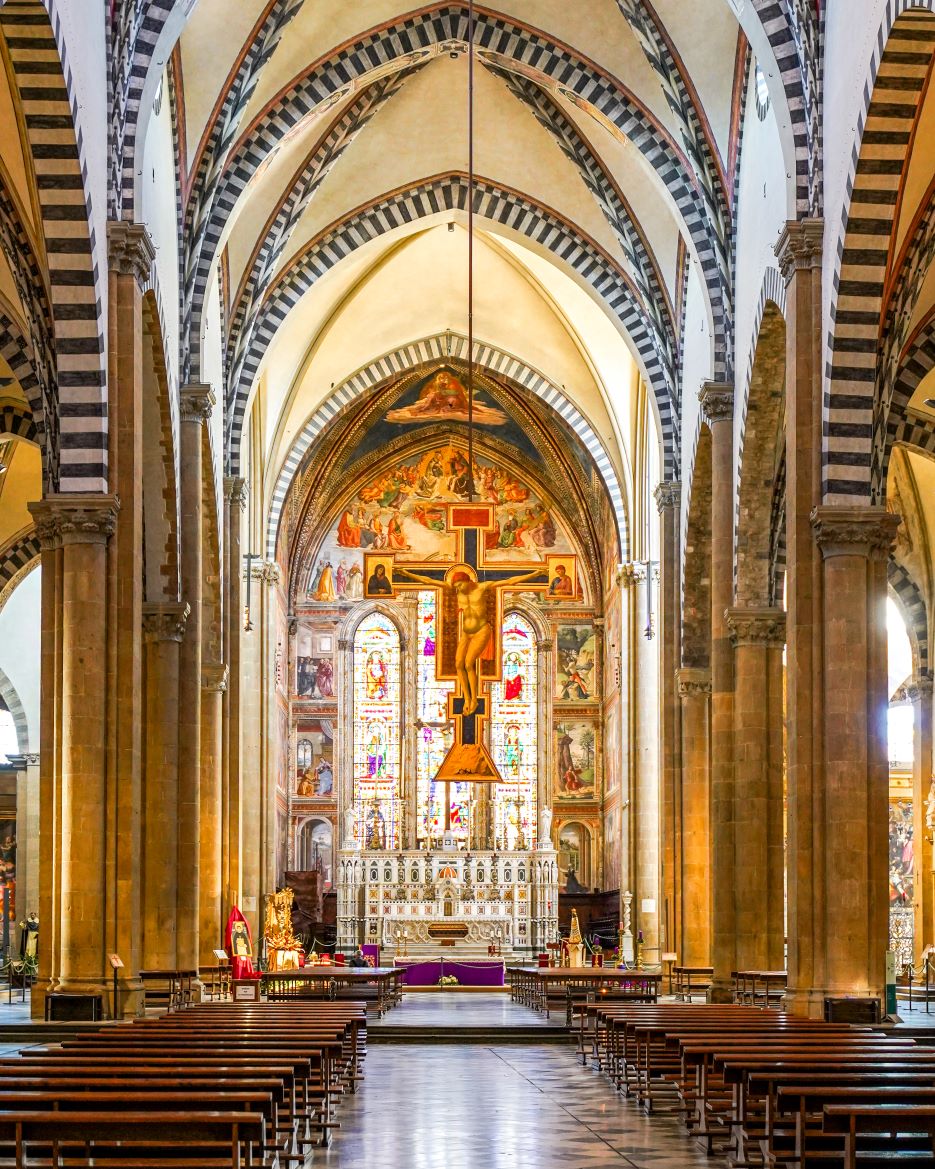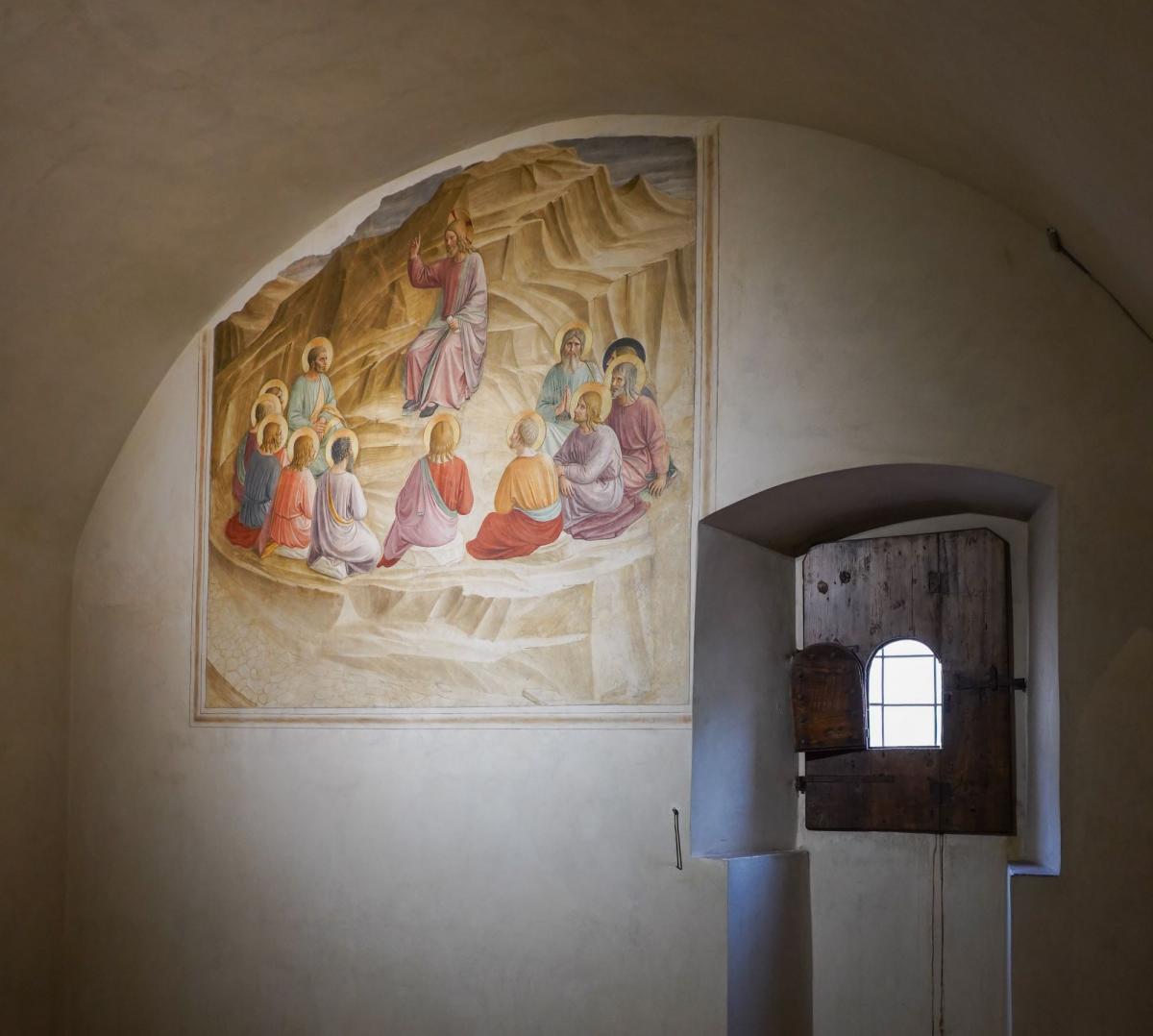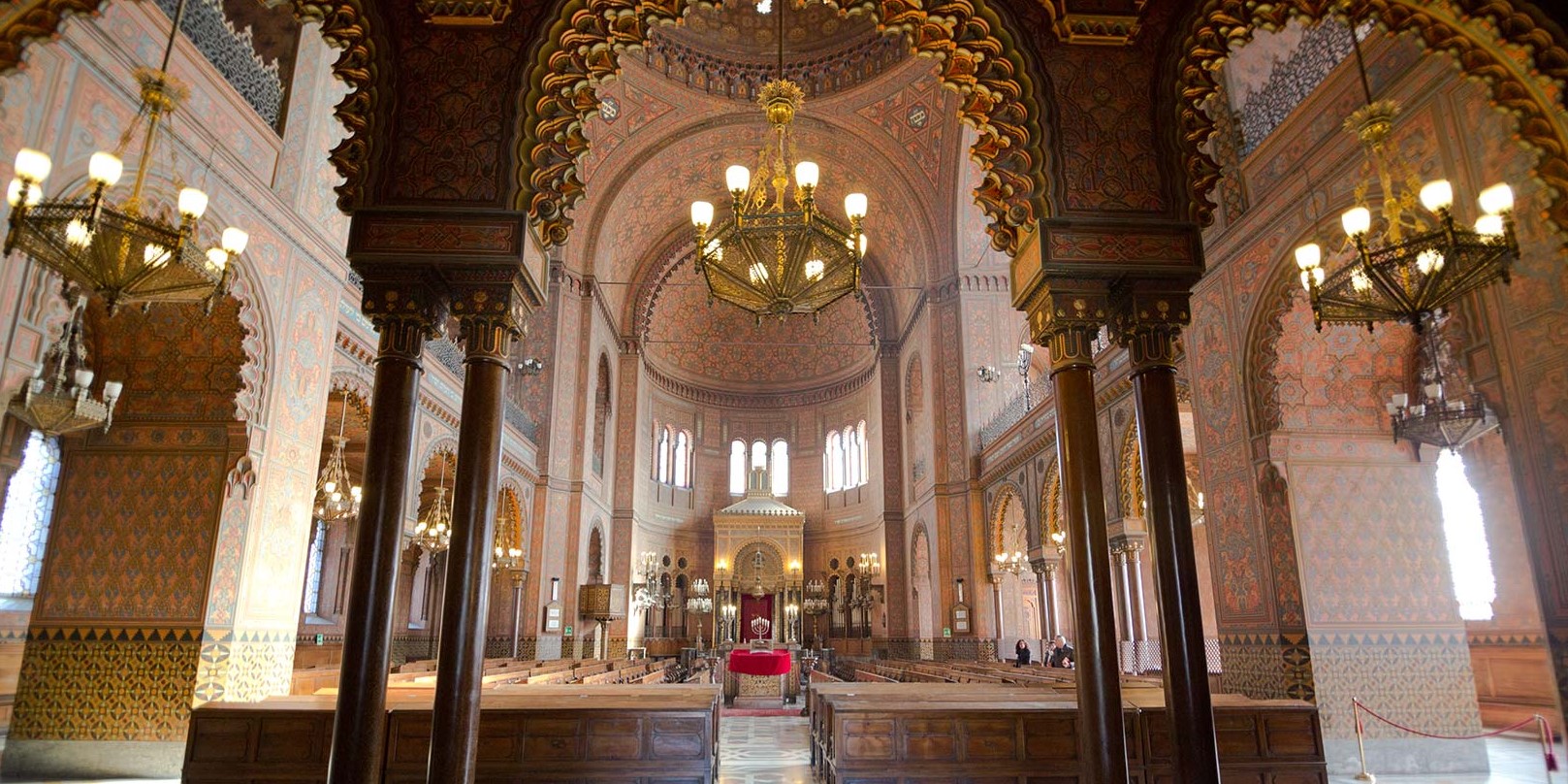A spiritual Florence itinerary
Mar, 07/15/2025 - 09:44
One way to explore the history and art of Florence is through its many spiritual locations. Churches were a central element of Early Modern life, and also a focus of much “financing” that would beautify the churches for the glory of God but also reflect well on the patron and his or her family. Most of the testimonies of spiritual Florence are Roman Catholic churches, though the city also boasts a Synagogue whose copper dome is just as important to the skyline as its Catholic counterparts. All of the buildings we’ll mention in this article, that are accessible using Firenzecard, are still working locations of prayer; the larger basilicas have cordoned off a space reserved for prayer, to which you may accede freely if this is your purpose. All these buildings may be closed to visits during religious holidays; the Synagogue is always closed to visits on Saturdays.
Basilica of Santa Croce

The Church of Santa Croce in Florence is owned by the Fund for Religious Buildings (FEC) of the Ministry of the Interior.
If we want to begin with some of the oldest monumental symbols of Christianity in Florence, Santa Croce is a good place to start, after the Baptistery and San Miniato al Monte, which pre-date it by some two hundred years. This Franciscan basilica grew through various iterations as the congregation grew and the fame of the Franciscan order did as well. The church of Santa Croce was first mentioned when Francis was canonised in 1228, two years after his death. The Bardi Chapel, frescoed by Giotto, tells stories of the Life of Saint Francis in a new humanising style that was perfectly aligned with Franciscan thinking, and that would set the tone of the naturalistic painting of the later Renaissance. The building underwent an important renovation under the direction of Giorgio Vasari in the 16th century, and in the 19th century it evolved to become the “pantheon of Italian glories” due to the tombs of and monuments to so many important figures, from Michelangelo to Machiavelli.
Basilica of Santa Maria Novella

Across town from Santa Croce, we can explore another very large conventual complex, Santa Maria Novella, this time belonging to the Dominican order that came into favour very much in the 14th century. The large church, its many side chapels, the monumental cloisters, chapter hall, refectory and more make this complex into one of the city’s largest cultural centers, with at least 800 years of history to explore, so make sure you give yourself two hours to do so! Perhaps the frescoed decoration of the so-called Spanish Chapel (which was the order’s chapter house) is the best place to observe the difference between the Franciscan stylistic approach you will have seen with Giotto at Santa Croce and the much more structured, linear or dogmatic style favoured by the Dominicans.
Museum of San Marco

Although it’s officially called the Museum of San Marco, this space is actually a Renaissance convent belonging, at the time, to the Dominican order. The convent was founded in 1436 and built upon design of the architect Michelozzo (a favourite of the Medici family). This convent played a key role in the religious and cultural life of the Renaissance city, much having to do with the enigmatic but eventually heretic friar Girolamo Savonarola. San Marco offers the truly unique opportunity to walk through the actual spaces in which the friars lived and prayed. Your visit will begin on the ground floor where you can visit a cloister that gives access to spaces like the refectory, where they ate, and the chapter house, where meetings were held. But the really special part is upstairs, where individual cells were each decorated with a simple but essential paintings by Fra Angelico. These little frescoes were intended to focus the friar’s mind on the story in question, to assist in meditation. This shows that what we see today as “art” was actually functional and, in all the cases seen here, it was highly relevant to the spiritual experience historically as well as today.
Florence Synagogue

The Synagogue of Florence was inaugurated in 1882 after the emancipation of Italian Jews. The richly decorated building is still the center of Jewish life in the city, with its day care and nearby Kosher restaurants. Behind a cast-iron railing, set in a lush garden, the synagogue and Jewish Museum house a superb collection of artistic Jewish ceremonial items. The innovative building is one of the most important examples of the exotic Moresque style combining elements of Arab, Romanesque and Byzantine art.
Beyond these major sites that are part of the Firenzecard circuit, your exploration of Florence’s spiritual locations may also include some of the smaller churches that are free. The church of Santa Trinita on via Tornabuoni was an important one for Florentines and you can see depictions of Florence and its citizens in the frescoes by Ghirlandaio there. Sometimes it is nice to deek into some of the small parish churches that you will find while you stroll along our streets; these are always a quiet and welcoming place for reflection. Or you may be interested in the communities and more modern architecture of the non-Catholic denominations represented in Florence: there is an Anglican Church (St. Mark’s, a late 19th-century church decorated in the Pre-Raphaelite style) and also the Orthodox church of the Nativity of Christ built in the late 19th century in the Russian Baroque style.
